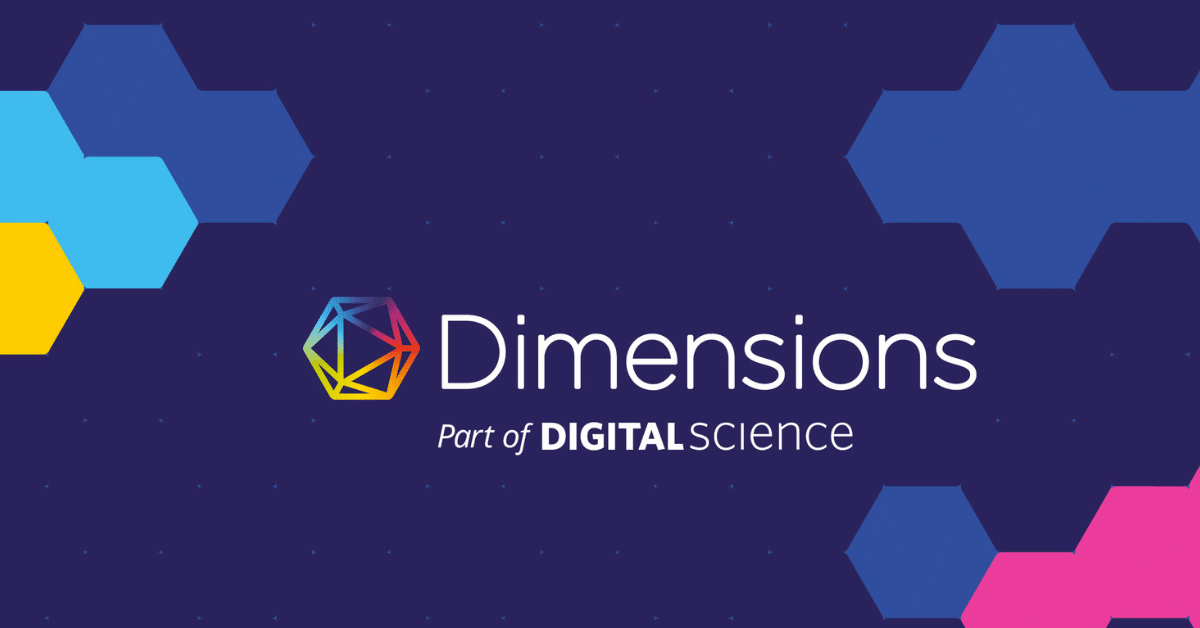MENINGKATKAN KREDIBILITAS MEDIA DI INDONESIA DALAM ERA DISRUPSI INFORMASI: STRATEGI MENGHADAPI MISINFORMASI DIGITAL
DOI:
https://doi.org/10.52423/jikuho.v10i1.1488Keywords:
Analisis Kredibilitas, Arus Informasi, Era Disrupsi, MediaAbstract
Penelitian ini menganalisis kredibilitas media di Indonesia dalam menghadapi era disrupsi informasi yang ditandai dengan perkembangan teknologi pesat dan arus informasi yang sulit dikendalikan. Dalam konteks maraknya hoaks dan misinformasi, kredibilitas media massa menjadi sangat penting untuk menjaga kualitas informasi yang diterima publik. Penelitian ini menggunakan pendekatan kualitatif dengan teknik analisis konten dan wawancara mendalam dengan pakar media, jurnalis, dan akademisi. Hasil penelitian menunjukkan bahwa media Indonesia menghadapi tantangan besar dalam mempertahankan kredibilitasnya, termasuk tekanan ekonomi, pengaruh politik, dan persaingan dengan platform media sosial. Namun, strategi-strategi seperti penerapan jurnalisme verifikasi, kolaborasi dengan pemeriksa fakta, serta peningkatan literasi media di kalangan masyarakat telah terbukti efektif dalam mengatasi tantangan tersebut. Penelitian ini menekankan pentingnya upaya berkelanjutan dari media untuk membangun kepercayaan publik melalui transparansi dan akurasi, serta komitmen pada etika jurnalistik. Temuan ini diharapkan dapat memberikan panduan bagi media dan pembuat kebijakan dalam merumuskan kebijakan dan strategi yang lebih baik untuk meningkatkan kredibilitas media di Indonesia dalam menghadapi disrupsi informasi digital.
References
Anderson, C. W., Bell, E., & Shirky, C. (2014). Post-industrial journalism: Adapting to the present. Tow Center for Digital Journalism, Columbia Journalism School.
Ashley, S., & Maksl, A. (2020). The role of media literacy in understanding the credibility of news sources. Journalism Studies, 21(6), 801-819. https://doi.org/10.1080/1461670X.2020.1714568
Carlson, M. (2018). The information politics of journalism in a post-truth age. Journal of Media Ethics, 33(2), 78-83. https://doi.org/10.1080/23736992.2018.1441426
Carlson, M., & Lewis, S. C. (2021). The political economy of media credibility: Contexts and challenges. Journalism & Mass Communication Quarterly, 98(1), 95-113. https://doi.org/10.1177/1077699020953468
Cooke, L. (2018). Fake news and the media. Journal of Information Literacy, 12(2), 66-73. https://doi.org/10.11645/12.2.2505
Hermida, A. (2019). Disruption in the media landscape: A reflection on the future of journalism in the digital age. Digital Journalism, 7(5), 635-650. https://doi.org/10.1080/21670811.2019.1621111
Haryanto, I. (2020). Tantangan media tradisional di era digital. Jurnal Komunikasi Indonesia, 8(1), 45-56.
Ireton, C., & Posetti, J. (Eds.). (2018). Journalism, fake news, and disinformation: Handbook for journalism education and training. United Nations Educational, Scientific and Cultural Organization (UNESCO).
Lewandowsky, S., Ecker, U. K. H., & Cook, J. (2017). Beyond misinformation: Understanding and coping with the “post-truth” era. Journal of Applied Research in Memory and Cognition, 6(4), 353-369. https://doi.org/10.1016/j.jarmac.2017.07.007
Moyo, D. (2021). The impact of media literacy on trust in the news in the digital age. Media International Australia, 179(4), 453-470. https://doi.org/10.1177/1329878X211045865
Nielsen, R. K., & Graves, L. (2017). “News you don’t believe”: Audience perspectives on fake news. Reuters Institute for the Study of Journalism.
Pavlik, J. V. (2013). Innovation and the future of journalism. Digital Journalism, 1(2), 181-193. https://doi.org/10.1080/21670811.2012.756666
Pérez-Curiel, C., & García-Perdomo, V. (2020). Journalism in the digital era: Strategies for preserving media credibility. Journalism Practice, 14(3), 359-376. https://doi.org/10.1080/17512786.2020.1816669
Rowe, D., & McAllister, P. (2021). Media disruption and audience trust: A study of news consumption trends in the digital age. Journalism Studies, 22(4), 550-567. https://doi.org/10.1080/1461670X.2020.1794298
Schiffrin, A. (2017). In the service of power: Media capture and the threat to democracy. Center for International Media Assistance.
Silverman, C. (2016). How to spot fake news: A media literacy toolkit for the digital age. Journalism Education, 5(1), 25-35.
Tandoc, E. C., Lim, Z. W., & Ling, R. (2018). Defining “fake news”: A typology of scholarly definitions. Digital Journalism, 6(2), 137-153. https://doi.org/10.1080/21670811.2017.1360143
Tuchman, G. (2020). The role of news media in the age of disruption. Journalism, 21(1), 8-24. https://doi.org/10.1177/1464884919883763
Vos, T. P. (2020). Trusting the news: The role of journalists and social media in the digital age. Journalism Studies, 21(9), 1252-1269. https://doi.org/10.1080/1461670X.2020.1816678
Wardle, C., & Derakhshan, H. (2017). Information disorder: Toward an interdisciplinary framework for research and policymaking. Council of Europe report DGI(2017)09.
Williams, R., & Duffy, J. (2020). The dynamics of fake news and trust in media in the 21st century. New Media & Society, 22(11), 1873-1889. https://doi.org/10.1177/1461444820907925
Williams, B. A., & Delli Carpini, M. X. (2011). After broadcast news: Media regimes, democracy, and the new information environment. Cambridge University Press.
Zeng, X., & Wang, Y. (2020). The challenges of media credibility in the digital age: A comparative study of China and the United States. Asian Journal of Communication, 30(5), 343-360. https://doi.org/10.1080/01292986.2020.1807881
Downloads
Published
Issue
Section
License
Copyright (c) 2025 The Authors

This work is licensed under a Creative Commons Attribution-NonCommercial-ShareAlike 4.0 International License.











